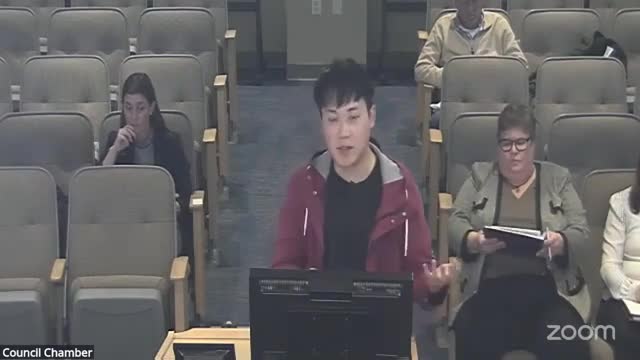San Ramon approves 200 affordable housing units to address state housing shortfall
February 04, 2025 | San Ramon City, Contra Costa County, California
Thanks to Scribe from Workplace AI and Family Portal , all articles about California are free for you to enjoy throughout 2025!

This article was created by AI using a video recording of the meeting. It summarizes the key points discussed, but for full details and context, please refer to the video of the full meeting. Link to Full Meeting
One speaker, reflecting on the project’s significance, emphasized the dire need for affordable housing in the region. "The Bay Area desperately needs more affordable housing," they stated, highlighting that the state has mandated the city to construct over 5,000 homes by 2031. With only 11 lower-income homes built to date, the speaker underscored the pressing timeline, noting that San Ramon has just six years left to meet its goals. Failure to comply could result in severe penalties from the state, including fines and loss of local control over land use decisions.
The speaker's personal connection to the issue resonated deeply. They recalled how the Dorthy Valley specific plan, approved two decades ago, allowed their own neighborhood to flourish. "I want more people, San Ramon's future residents, to have access to the same opportunities that I had growing up," they urged, advocating for swift action on the project to ensure that future generations can thrive in the community.
As the public hearing concluded, city officials began to deliberate on the project. Questions arose regarding the ownership of the property and the financial framework supporting the development. The land is currently owned by a Sunset entity, which is set to transfer title to Eden Housing, the developer behind the project. However, the specifics of the agreement are still in progress, raising questions about the timeline and commitments involved.
Eden Housing's reliance on tax credits for financing was also discussed, with officials probing what additional contributions the Sunset entity would make beyond providing the land. The responses indicated that the land was the primary contribution, leaving some uncertainty about the project's broader financial backing.
As the meeting wrapped up, the atmosphere was charged with a sense of urgency and hope. The discussions highlighted not only the challenges of meeting housing demands but also the potential for creating a more inclusive community. With the clock ticking on state mandates, the path forward for San Ramon’s housing development remains critical, promising to shape the lives of many for years to come.
Converted from Planning Commission Meeting 2/4/2025 meeting on February 04, 2025
Link to Full Meeting
Comments
View full meeting
This article is based on a recent meeting—watch the full video and explore the complete transcript for deeper insights into the discussion.
View full meeting